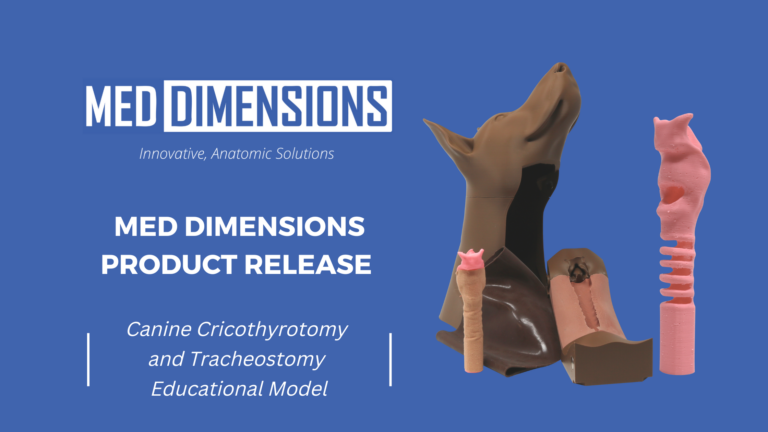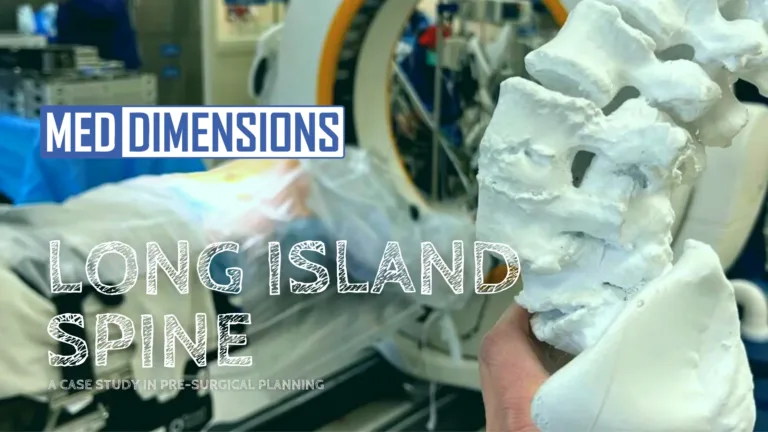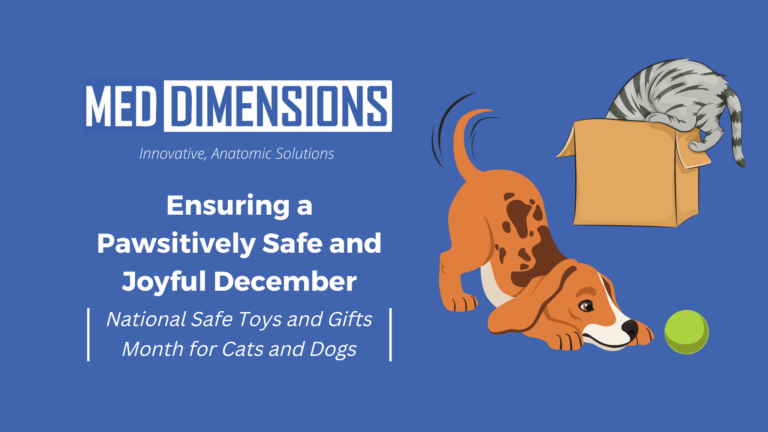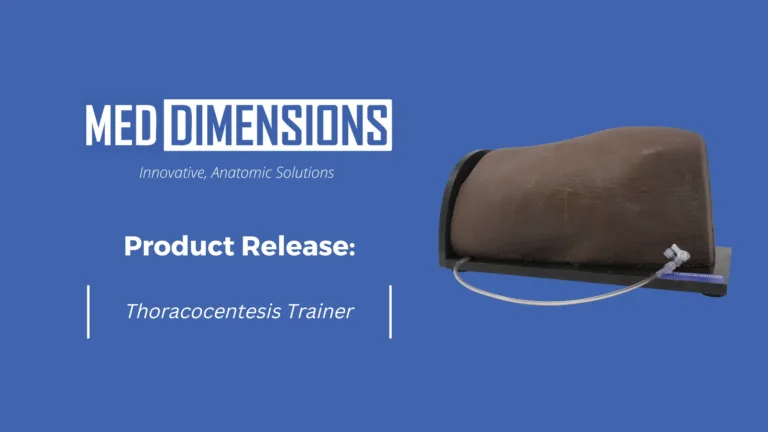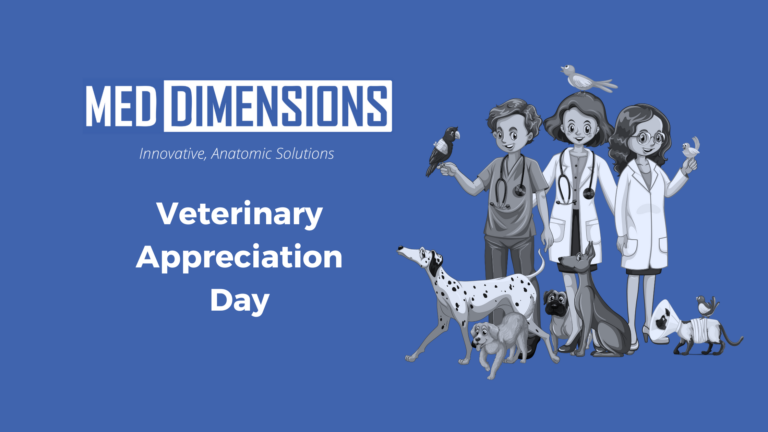M3Dimensions shifts from 3D modeling to face shields
From Kevin Oklobzija of the Rochester Business journal, 3/24/2020
In normal times, M3Dimensions would be bettering the surgical process for veterinarians and providing veterinary students with 3D models to enhance learning.
But during this global coronavirus pandemic, the Rochester-based medical device company is instead creating lightweight, protective face shields for health care workers.
M3Dimensions, a startup launched by a group of former and current Rochester Institute of Technology students, has been in contact with medical professionals on Long Island to design and produce a practical face shield.
“We’re trying to work with their protocols so there’s an airtight seal,” said Sean Bellefeuille, co-founder and CEO of the firm. “We have to make sure everything fits their needs.”
The goal is to supply health care workers with a tangible extra layer of protection, using the firm’s 3D printing process to create the top band that holds the shield. The shield uses a closed-cell foam cushion and polyethylene terephthalate plastic, which does not absorb moisture or harbor bacteria.
“With everything going on, a lot of people are trying to help,” Bellefeuille said. “But you don’t want something that isn’t safe and gives someone a false sense of security. This would be an extra barrier to block the virus.”
Based on printer inventory, Bellefeuille figures M3Dimensions can produce 40 to 60 shields a day. Other firms with Fused Deposition Modeling 3D printers can also produce the shields, he said. The M3Dimensions website provides more information.
M3Dimensions was founded in the summer of 2019, though the seven-person group has been working together on implementation of the business idea since 2018.
The company works to provide veterinarians a precise 3D model of a knee ailment or bone abnormality before surgery. The anatomical model is made from polylactic acid plastic and is created from an MRI or CT scan. The technology can also be used in the medical field.
By examining the model ahead of time, doctors can determine what exactly must be done in surgery to correct the existing medical issue. That reduces time in the operating room and time under anesthesia for the pet, said Michael Campbell, director of business development for M3Dimensions.
The firm has also provided veterinary schools with a batch of anatomical models so students can see, touch and feel what they would find in surgery.

